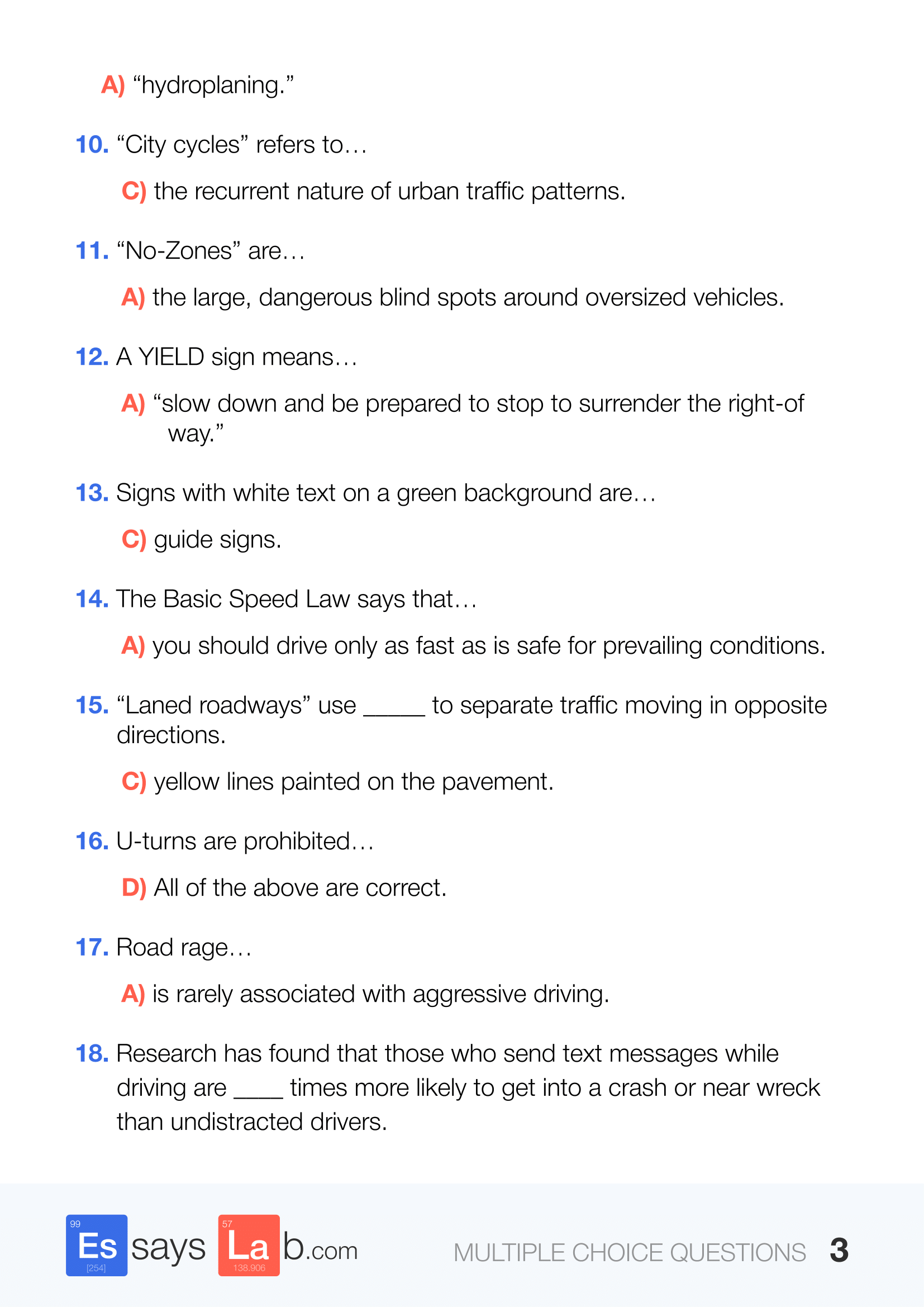Multiple choice questions are a common form of assessment used in various educational settings. They are designed to test a person’s knowledge and understanding of a particular topic by presenting a question with several possible answers, of which only one is correct. This type of question format is widely used because it allows for quick and efficient grading, making it ideal for large classes or standardized tests.
While multiple choice questions may seem straightforward, they require critical thinking and careful consideration of each option before selecting the correct answer. It is important for test-takers to read each question carefully and eliminate any obviously incorrect choices before making their selection.
Sample Multiple Choice Question:
What is the capital of France?
- A. London
- B. Paris
- C. Rome
- D. Berlin
When approaching a multiple choice question, it is essential to consider all possible answers and evaluate each one thoroughly. It is also crucial to pay attention to any keywords or clues within the question that may help guide your decision-making process. By using strategies such as process of elimination and educated guessing, test-takers can improve their chances of selecting the correct answer.
Additionally, multiple choice questions often include distractors, which are incorrect options that are designed to test a person’s understanding of the subject matter. These distractors can be misleading, so it is essential to remain focused and rely on your knowledge and reasoning skills to make an informed choice.
Overall, mastering the art of answering multiple choice questions involves practice and familiarity with the format. By developing effective strategies and honing your critical thinking skills, you can approach these questions with confidence and increase your chances of success on exams and assessments.
In conclusion
Multiple choice questions are a valuable tool for assessing knowledge and understanding in educational settings. By approaching these questions strategically and thoughtfully, test-takers can demonstrate their proficiency and achieve academic success.
